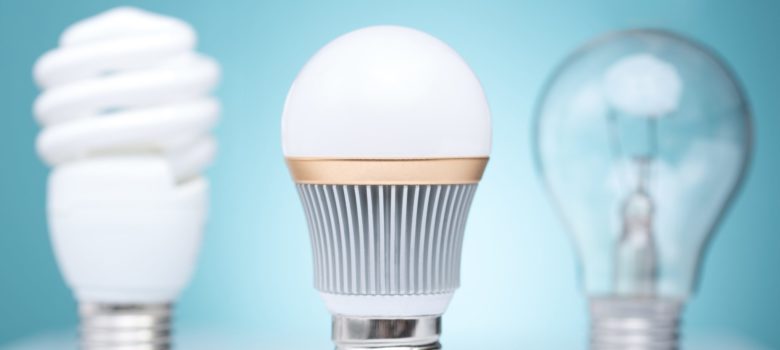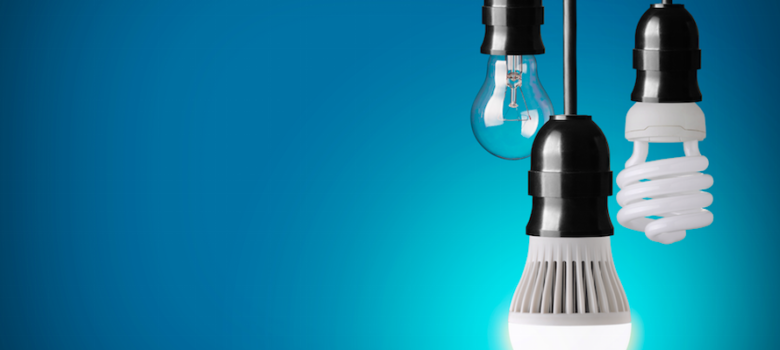
LED light bulbs are a highly efficient, energy saving alternative to incandescent light bulbs. Their technology is completely different, and as a result they last far longer than older types of light bulb. All light bulbs eventually break due to prolonged heat exposure, and LEDs are no different in this respect. However, the exact way in which they fail is different – and so is the length of time they last for.
What is the difference between LEDs and traditional light bulbs?
The incandescents that LED bulbs are generally replacing these days give off 90% of their energy as heat, rather than light. These bulbs work because of a filament that heats up enough to glow, giving off light. These filaments are very delicate and eventually break or burn out. Even being turned on and off damages normal bulbs, but not LEDs. LED bulbs have no filament and work in a completely different way, meaning they don’t reach such high temperatures.
Why do LEDs eventually burn out?
Instead of burning out suddenly like traditional bulbs, LEDs get gradually dimmer, as the individual light emitting diodes that make up the bulb fail one by one. LEDs are far more efficient than older types of light bulb. However, they are still not 100% efficient in turning electrons into light; some of the power still comes out as heat. This waste heat collects in the neck of the bulb above the socket. Because this is such a small space, the heat builds to a pretty high temperature and raises the temperature of the air trapped inside the bulb. The electronic components (such as chips and capacitors) inside LED bulbs can struggle under these temperatures. Depending on the amount of ventilation around the bulb, this can eventually cause them to fail.
So LEDs won’t suddenly break and stop emitting light – they will eventually just not be bright enough to be useful any more. You can choose to replace them once they have dipped to a level that is no longer enough for your needs.
Are LEDs worth the extra money?

Think we missed something? Do you have a different opinion?
Comment below to get your voice heard…













We have 65w LED lights in our kitchen. They’re supposed to last 13 years based on 3 hour use per day. They don’t last anywhere near that long, usually 2 to 3 years, even though we use them some days for about 5 hours and other days not at all, since we travel a lot. These GE HD lights contradict the product’s life right on the box. In one spot it states that these bulbs last 13 years based on 3 hours use per day. In another it reads that they last 13.7 years based on 3 hours per day. Then the limited warranty states they’re guaranteed to last 5 years based on 3 hours use per day. What a farce!
I find that only non fillament LED bulbs but only up to 3 watts in power stand any chance of a decent life.
I have had a few makes of LED fillament bulbs. They consistently wear out within 5% of the life given on the package.
The filaments look intact after failure so is it the electronics are not up to the job?
my led blub turns off for a few seconds and then turns back on . It will soon fail. This is not the first Led blub I had this happen to. So I disagree with your statement that the leds slowly burn out.
You didn’t address one of the downsides, which is that they emit blue light, which interferes with a good night’s rest. Are they going to fix this?
Not true. LED bulbs usually fail by blinking on and off. Often a power failure causes it to start doing this.
The problem seems to be in the power supply in the base of the bulb, not in the LED itself.
How do I know what brands are better quality? Some of the LED’s I’ve purchased have burned out in a couple of years!
We found that the LED lights do interfere with our AM/FM table-top radio. A lot of hum when switched ON. We now use the radio in the garage.